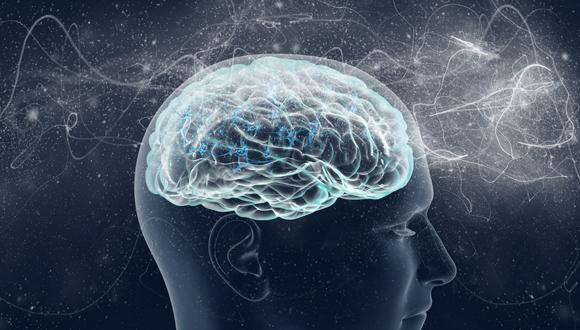Testing the effects of drugs on a simulated brain could lead to breakthrough treatments for neurological disorders such as Parkinson’s, Huntington’s and Alzheimer’s disease.Researchers from the University of Waterloo in Canada hope Spaun, the world’s largest functioning model of the brain, will be used to test new drugs that lead to medical breakthroughs for brain disorders.
Terrence Stewart, a post-doctoral researcher with the Centre for Theoretical Neuroscience at Waterloo and project manager for Spaun, will tell an audience at the American Association for the Advancement of Science (AAAS) annual meeting in Chicago about the advantages of using whole-brain simulation as a tool to aid new discoveries in medicine.
“Our hope is that you could try out different possible treatments quickly to see how the brain reacts and how each one changes behaviour before testing them in people,” said Stewart. “Our brain model offers a new way to test treatments. For Alzheimer’s disease or a stroke that causes memory loss, we could see how a new drug affects the firing pattern of individual brain cells and measure how it changes brain performance on memory tests before trying it on people.”
Stewart’s team has already made progress simulating Parkinson’s and Huntington’s diseases. Their next step is to simulate Alzheimer’s disease after giving Spaun a hippocampus, the brain region involved in forming new memories.
Spaun is more like the human brain than other computer brain models because it makes mistakes and loses abilities in similar ways to people. To simulate the cognitive decline associated with aging, for example, Stewart and his team killed off neurons in the brain model and observed it gradually forgetting more numbers on a memory test.
To reproduce movement problems associated with Huntington’s disease and damage to the cerebellum, Stewart damaged parts of the simulated brain affected by those conditions.
“We showed that errors made in reaching behaviour seen in people with those disorders correspond to the errors made by our brain model when neurons in the affected brain regions are damaged,” he said.
Spaun can see, remember, think and write using a mechanical arm. Most importantly, this virtual brain – which mimics the neuron firing patterns seen in the human brain – allows the researchers to study and understand how damage to individual cells affects the behaviour of the whole brain in different neurological diseases.
Stewart will present new research on successfully simulating the effects of aging and Huntington’s disease in Spaun at a symposium panel, “Virtual Humans: Helping Facilitate Breakthroughs in Medicine” on Friday, February 14, 2014.
Story Source:
The above story is based on materials provided by University of Waterloo.





